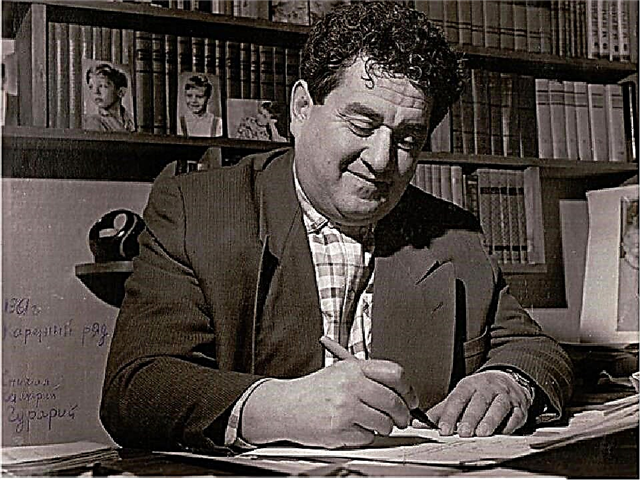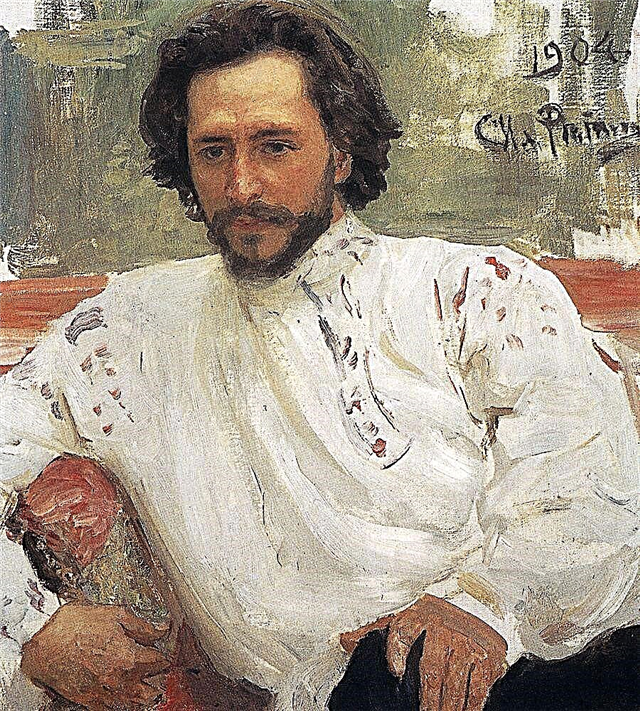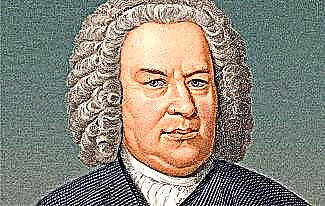The Pere Lachaise Cemetery is an eastern burial place in Paris, which has become both a tourist attraction and the largest "lungs" of the French capital (48 hectares of age-old trees - no other city park has so many).
The history of the Pere Lachaise cemetery
Although the name ("Father Lachaise") dates back to the 17th century and the confessor of Louis XIV, the hilly area became a cemetery during Bonaparte's time, and before that was used by the Jesuit order as a huge garden with fountains, greenhouses and grottoes. The cemetery was made unpopular:
- remoteness from the then city boundaries (now there are 3 subway stations nearby - and in the 19th century the question of "how to get to the cemetery" was much more acute);
- hilly relief, unconventional for burial sites.

Thanks to the competent move of the municipality (buried and reburied celebrities of the rank of Moliere, Balzac, La Fontaine and Napoleonic marshals), Pere Lachaise gradually gained both prestige and fame. Interest in this place is also growing thanks to literary works - from "Father Goriot" to the books of the sisters Liliane Corb and Laurence Lefebvre (the common pseudonym of these detective masters is "Claude Isner").
We advise you to look at the Terracotta Army.
There are numerous legends about unusual phenomena and places of fulfillment of desires, about sabbaths and ghosts of Per-Lachaise (people claimed that they saw them with their own eyes, but did not have time to take a photo). France is generally a country of fans of mysticism, and they tend to associate famous cemeteries with otherworldly phenomena. Illegal intrusions into the territory are regular, despite round-the-clock security and high walls: romantically-minded youth are often attracted to places of peace and sadness outside of working hours (by the way, from 8 am to 6 pm).
Among police reports, there are uncovered reports of "unusual sources of dim light in the cemetery grounds." Warming up tourist interest? But this place is very popular and without any mysticism, and the entrance is free. The pranks of adherents of "black cults"? But they are rare and, as a rule, are instantly suppressed by vigilant law enforcement officers. But the French police, known for their scrupulousness, would hardly have left an ordinary incident with penetration unsolved.
It is little known, but the Pere Lachaise cemetery is also the largest ossuary in Europe ("ossuary" in Slavic traditions): the place of mass burial of remains in catacombs and wells is located behind the famous Aux Morts monument. More extensive than 40 thousandth Czech ossuary or Athos underground burials. The Ossuary is closed to the public and is still regularly replenished with the remains of the inhabitants of medieval Paris, found during construction or excavations.
Russian "non-residents" of the Pere Lachaise cemetery
The memorial cemetery is meticulously divided into "quarters" and "streets" - but even with detailed maps and pointers, it is not difficult to get lost among the houses of the vast City of the Dead. There are also epitaphs in Cyrillic. Among the famous Russians who are buried here:
- princess Dashkova (her grave is famous for its magnificent monument);
- Decembrist Nikolai Turgenev;
- representatives of the Demidov family;
- "Dad" Nestor Makhno;
- Isadora Duncan - yes, she is American, but not every ethnic Russian has made such a contribution to Russian culture;
- unnamed but truly great Russian participants in the French Resistance in World War II.









